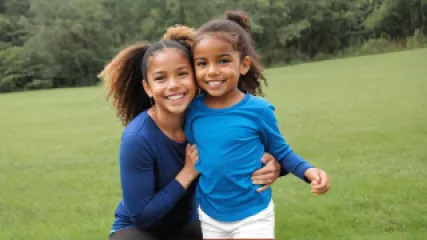Exploring the Benefits of Mindful Eating for a Mindfulness Practice
1 year ago
Mindful Eating
Insights from a Mindful Eating Expert
1 year ago
Mindful Eating
Top 10 Positive Reinforcement Strategies for Enhancing Psychological Well-Being
1 year ago
Positive Reinforcement
Top 10 Mindful Team Building Activities for the Workplace
1 year ago
Mindfulness at Work
The Ultimate Guide to Performing a Mental Health Check
1 year ago
Mental Health Check
Unlocking Child Psychology: A Research-Backed Exploration
1 year ago
Child Psychology
Exploring the Therapeutic Benefits of Artistic Self-Expression
1 year ago
Healing Through Art
A Step-by-Step Guide to Positive Reinforcement for a Healthier Mindset
1 year ago
Positive Reinforcement
My Journey Towards Better Mental Health
1 year ago
Mental Health Check
My Mindful Journey to a Healthier Work Environment
1 year ago
Mindfulness at Work
What is the Best Way to Implement Positive Reinforcement?
1 year ago
Positive Reinforcement
The Ultimate Guide to Building Resilience in Children
1 year ago
Child Resilience Building
Exploring Anger Management for Kids Through a Popular Children's Movie
1 year ago
Child Psychology
Top 7 Strategies for Boosting Child Resilience
1 year ago
Child Resilience Building
The Transformative Power of Healing Through Art
1 year ago
Healing Through Art















